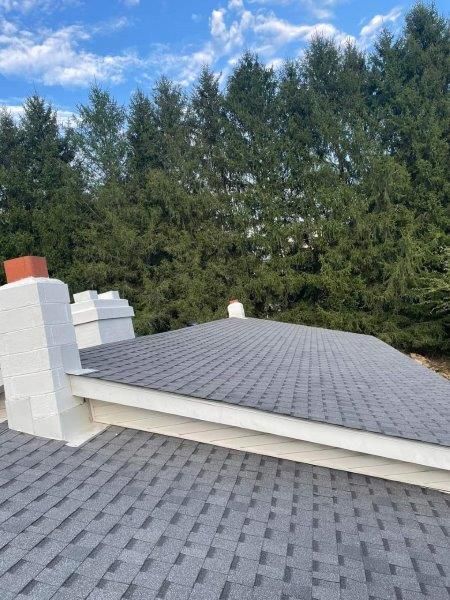Using Your Tax Refund Towards Roofing
Your Tax Refund Is a Good Start Toward a New Roof
In previous years, many Americans eagerly awaited their tax refunds to indulge in vacations or splurge on luxury items. However, the current economic climate has forced individuals to prioritize essential expenses.
One such crucial investment is a new roof for your home. While a tax refund may not cover the entire cost, it can serve as a significant step toward replacing your roof. By allocating your refund wisely and exploring financing options, you can leverage your tax return to contribute to a new roof.
This article explores why utilizing your tax refund for a new roof is a prudent choice, particularly during spring when contractors are most readily available.
The Importance of a New Roof
Your roof plays a vital role in safeguarding your home and loved ones from the elements. Over time, roofs endure wear and tear, becoming susceptible to leaks, damage, and decreased efficiency. A compromised roof compromises the overall structural integrity of your home and can lead to extensive interior damage. Investing in a new roof ensures the safety, longevity, and value of your property.
Making Your Tax Refund Count
While a tax refund may not cover the entire cost of a new roof, it can provide a significant financial boost. By strategically allocating your refund, you can make a substantial down payment, reducing the amount you need to finance. Lowering the overall loan amount results in reduced monthly payments, making it more manageable for your budget.
Exploring Financing Options
To bridge the gap between your tax refund and the total cost of a new roof, various financing options are available. Home improvement loans, home equity lines of credit, or personal loans can provide the necessary funds to complete your roofing project. By utilizing your tax refund as a down payment, you can secure better terms and interest rates on these financing options. Carefully research and compare different lenders to find the most suitable terms and repayment options for your financial situation.
Seizing the Spring Season Advantage
Spring is an ideal time to undertake roofing projects, as the weather conditions are generally favorable for construction. Contractors are typically in high demand during this season, which means scheduling their services can become challenging as summer approaches. By using your tax refund to kick-start the project, you can secure a spot in your contractor's busy spring schedule. Acting promptly ensures that your new roof is installed efficiently, minimizing the risk of further damage to your home during the rainy seasons.
Conclusion
When it comes to essential home improvements, investing in a new roof is crucial for protecting your home and family. While a tax refund may not cover the entire cost, it can significantly contribute to the expense, particularly when used as a down payment. By wisely allocating your refund and exploring financing options, you can bridge the financial gap and ensure the longevity and safety of your property.
Taking advantage of the spring season allows you to secure a spot in your contractor's schedule, minimizing the risk of further damage. So, make the most of your tax refund by considering a new roof and providing your home with the care and protection it deserves.




